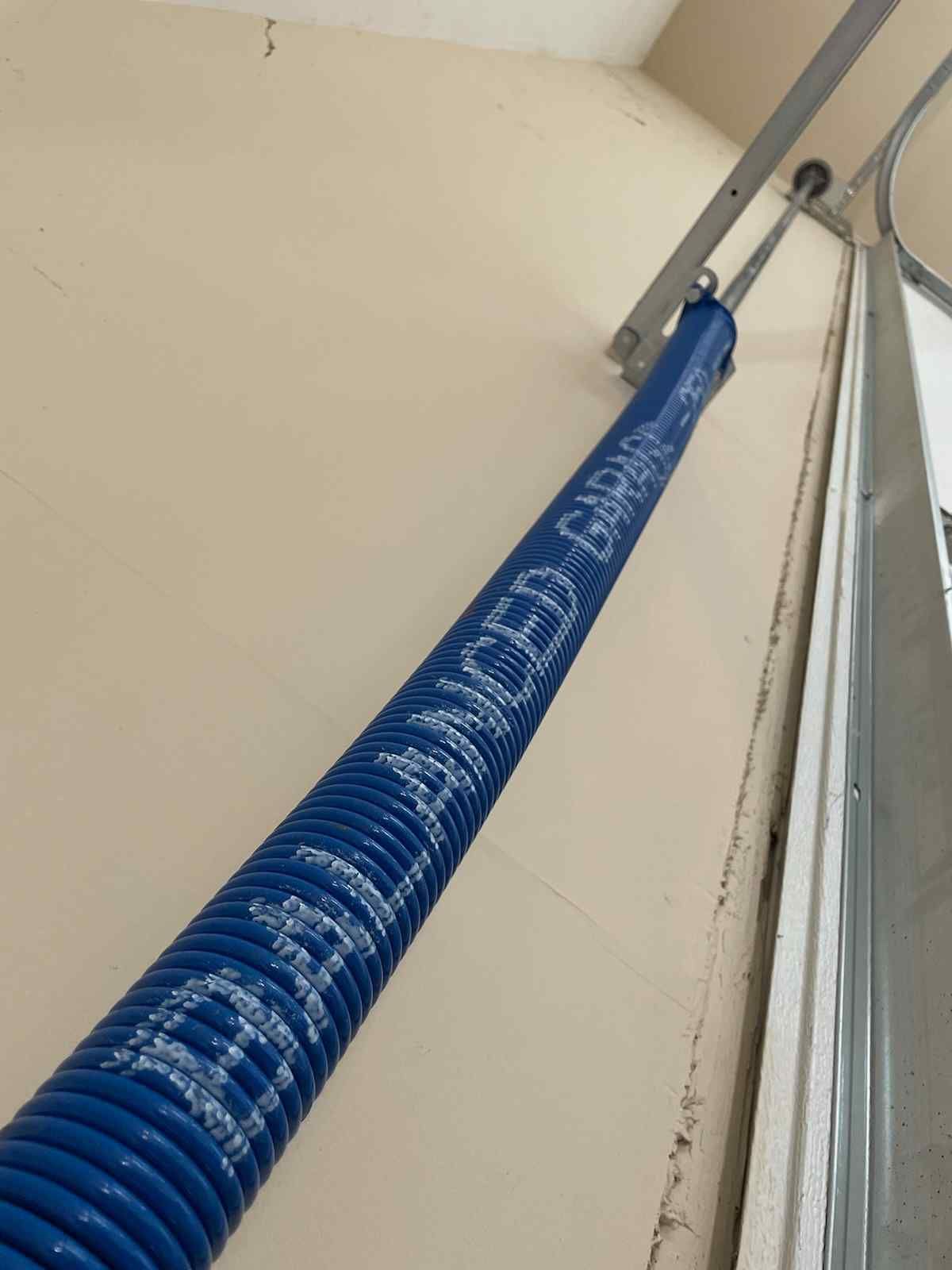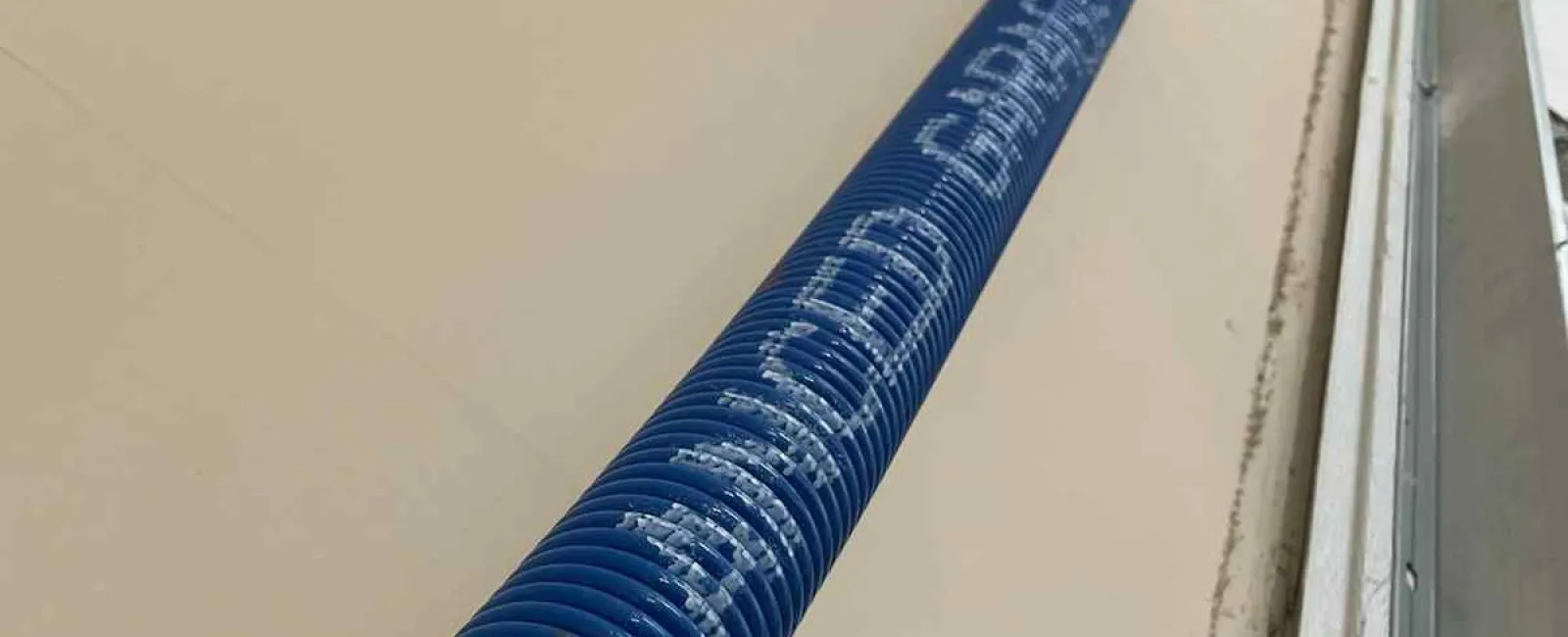- Learn the basics of garage door spring systems.
- Discover the signs indicating when garage door spring service is necessary.
- Explore garage door spring replacement service options.
Properly functioning garage door springs can make the difference between routine and a ruined day. On the best days, these springs make opening a 100 pound-plus door easy to open by hand, or help an automatic motor get the job done for us. But if a spring fails, it prevents the door from opening or worse, traps a car underneath a stuck door.

Don't risk injury or a ruined day because of a broken spring. Instead, learn how these springs operate, how to do simple garage door spring service, and know who to call when you need garage door spring replacement services. Get the most from these vital components with proper maintenance and prompt service.
What Type of Springs Do I Have?
Not at all garage door springs work the same. There are two main varieties of springs—newer torsion springs and extension springs. Identifying which type of spring your door uses makes it easier to understand what maintenance they need, and how to recognize when something goes wrong.
Extension Springs
You can identify extension springs by their location relative to the door itself. Extension springs come in pairs located on either side of the door itself running perpendicular to the door. You can also spot them by the system of pulleys they're attached to. These springs stretch as the door opens and contract as it closes.
Torsion Springs
Unlike extension springs, torsion springs run parallel to the garage door and can be found just above the garage door opening. As the name implies, the torsion spring works through torsion force. The spring is wound to apply a counterbalancing force equal to the door's weight. With only one spring, centrally located, there's a more uniform application of pressure on the door, making it easier to operate and easier on the system itself.
DIY Garage Door Spring Service
Trying to replace or fix a garage door spring is dangerous and should only be done by professionals. Whether an extension or torsion spring, they both hold potential energy that, when improperly released, becomes an imminent hazard. Preventative maintenance though, can be done safely and should be done regularly.
- Lubricate the springs at least twice per year using manufacturer's recommended lubricant.
- Clean the springs when necessary to avoid buildup of dirt and grease.
- Conduct routine visual inspections to quickly identify problems and get help before larger issues arise.
Signs It's Time for Garage Door Spring Service
Springs, like all mechanical components, have a finite lifespan. That lifespan can range from 7 to 15 years depending on the type of spring, its quality, and its usage. However, the springs need regular maintenance because unexpected problems can arise sooner.
If you conduct routine maintenance on your garage door springs, you're more likely to notice when there are issues that require immediate attention. Beyond visual inspections of the springs, you can notice potential problems through the spring's performance. Look for things like:
- Gaps: If you notice a gap in the spring, that's a clear indication there's a problem and garage door spring service is required.
- Uneven Performance: If the garage door looks uneven or one side seems to open easier than the other, this could be a sign of imminent extension spring failure.
- Hard to Open Door: If the door is hard to open, the springs aren't doing their job and offsetting the weight. They may need service or to be entirely replaced.
- Loud Sounds: If you hear a bang emanate from the garage, the snapping of a garage door spring could be the cause. This requires immediate attention from a trusted professional.
Don't Forget Garage Door Spring Replacement Service
As mentioned, garage door springs do not last forever. There's additional benefit to having a professional come out to provide garage door spring service. They can provide a realistic picture of how much longer your springs should last given their current condition and usage. They may also recommend a garage door spring replacement service if the springs are at risk of failure.
When they replace the springs, you might also consider converting from extension springs to a torsion spring system, or upgrading your current springs. A professional will use a garage door spring chart to determine which size springs are best for the weight and materials of your garage door. A heftier spring on a lighter door can last longer than a shorter, weaker spring on a heavier door.
Using these garage door spring weight charts, you can work together to find a spring that matches your door's requirements, your usage, and your budget. These garage door spring charts describe:
- Door Size: The size of the door impacts its eventual weight and therefore the size of spring you'll need. A one car garage door needs different sizes and quantities of springs than a three-car garage door.
- Door Weight: Besides the size of the door, its material and insulation impact the door's weight. Heavier doors tend to need thicker, larger, and more springs.
- Spring Size and Quantity: The garage door spring weight chart also describes what size spring and how many are needed to best offset the weight of the door.
Schedule Your Garage Door Spring Service
If you can't remember the last time you had garage door spring service, contact Balanced Garage Doors. Take advantage of our fast, knowledgeable service to avoid an unexpected failure that can derail an entire day. We have 24/7 service and fully stocked trucks to provide same-day spring service and replacements.
